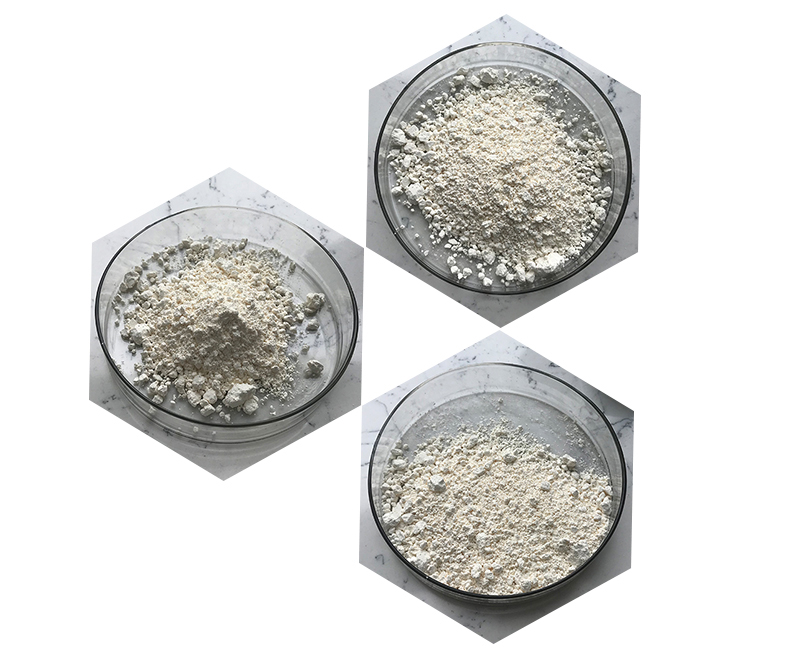Natamycin is an antifungal medication used primarily for the treatment of fungal infections. It is a polyene macrolide antibiotic that works by binding to ergosterol, a component of fungal cell membranes, leading to the formation of pores and eventual cell death. Its use is generally limited to topical and ophthalmic applications due to its poor absorption when taken orally.
Medical Uses of Natamycin:
1.Ophthalmic (Eye) Use:
- Fungal Eye Infections: Natamycin is commonly used in treating superficial fungal infections of the eye, such as fungal keratitis (an infection of the cornea). It is available in the form of eye drops and is particularly effective against filamentous fungi like Aspergillus and Fusarium.
- Conjunctivitis and Blepharitis: It may be used to treat fungal conjunctivitis (inflammation of the eye’s conjunctiva) and blepharitis (inflammation of the eyelid).

2.Topical Use:
- Skin Fungal Infections: Natamycin can be used topically to treat various superficial fungal infections, such as those caused by Candida species or dermatophytes (like Trichophyton species).
- Vaginal Fungal Infections: It can be used as a topical cream or suppository for treating vaginal candidiasis (yeast infection).
3.Other Uses:
- Food Industry: Though not a medical application, natamycin is also used as a food preservative, particularly in dairy products like cheese, to prevent fungal growth.
Mechanism of Action:
Natamycin binds to ergosterol in the fungal cell membrane, leading to increased membrane permeability. This results in leakage of intracellular contents, disruption of cellular function, and ultimately fungal cell death.

Side Effects of Natamycin:
- Topical and ophthalmic use are generally well-tolerated, with minimal side effects.
- Some potential side effects include local irritation, redness, or discomfort, especially when used in the eyes.
- Rarely, allergic reactions may occur.
It is important to follow a healthcare provider’s recommendations regarding the dosage and application method to avoid misuse or adverse effects.
